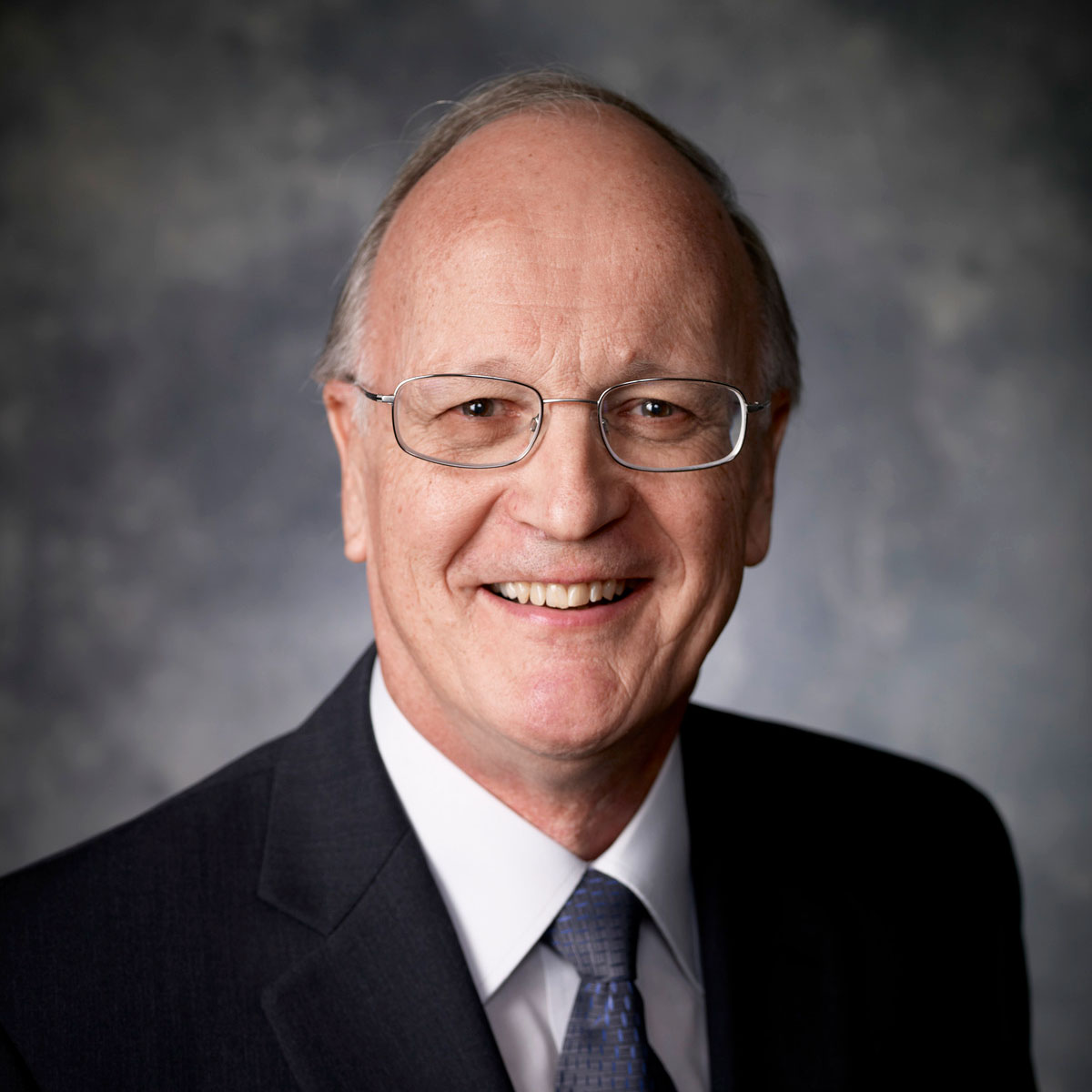Dr. Roderick A. Heelis
- Former Director of the William B. Hanson Center for Space Sciences
- Distinguished Chair in Natural Sciences and Mathematics (Former)

An anonymous donation created the chair in September 2009 to support the research and scholarly activity of the holder in the School of Natural Sciences and Mathematics. Heelis was appointed to the chair in September 2011.
“Understanding the interaction of the Earth, the space around it, and the sun addresses the intellectual question of how planets interact with their neighboring star. It also allows us to learn how our environment affects current space technologies.””Understanding the interaction of the Earth, the space around it, and the sun addresses the intellectual question of how planets interact with their neighboring star. It also allows us to learn how our environment affects current space technologies.”
Dr. Roderick A. Heelis is the former director of the William B. Hanson Center for Space Sciences at UT Dallas and a fellow of the American Geophysical Union, an international scientific society devoted to the research of the Earth and space.
His research interests range from planet-star interaction to the differences between planets with magnetic fields. He measures weather in space with sophisticated instruments that fly on satellite “space labs” and creates computer models designed to predict space weather.
Space weather is the phenomenon of disturbances that occur in the ionosphere, the gaseous band of charged particles that surround the Earth. Space weather “storms” can disrupt GPS signals and wreak havoc on navigation systems for planes, trucks, ships and even missiles. Heelis’s work may lead to a system that can predict when ionospheric storms are brewing, allowing crucial navigation systems time to adapt.
Heelis describes a concept of a space that is not simply empty, as is commonly perceived. “If you say ‘space,’ some people think about space travel, spaceships, and astronauts. They think of outer space travel from one body to another in a vacuum. But from a scientific point of view, the medium between the planets surrounding the sun is not a vacuum” he said.
“There is a continuous flow of gas streaming away from the sun, and it represents a very hostile environment to anybody who is in it. Every human sitting on the surface of the Earth is in it, because the Earth itself is in this environment.”
Heelis joined the UT Dallas Center for Space Sciences in 1973, after graduating from the University of Sheffield (England) with a PhD in applied and computational mathematics.